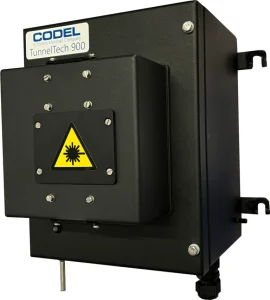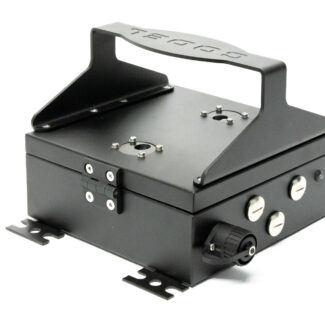Worldwide Support
Over 25 distributors and support centres worldwide
Flexible maintenance contracts
Tailor made plant specific contracts with 24Hr Support
30 years experience
Developing, manufacturing and installing
Driving Smart Cities Forward: Tunnel Emission Monitoring for Sustainable Urban Planning

In the dynamic landscape of urbanization, the concept of smart cities has gained prominence, emphasizing the need for intelligent, sustainable, and efficient urban planning. One innovative tool that plays a crucial role in achieving these goals is tunnel emission monitoring. This technology not only enhances air quality but also contributes to the development of smarter, healthier cities. In this blog, we explore the significance of tunnel emission monitoring and showcase real-world examples of its successful implementation.
The Need for Sustainable Urban Planning
As urban populations grow, so do the challenges associated with traffic congestion, pollution, and environmental degradation. Smart cities aim to address these issues through the integration of advanced technologies, data-driven decision-making, and sustainable practices. In this context, tunnel emission monitoring emerges as a powerful solution for managing air quality within urban environments.
Emissions from waste combustion can contain pollutants like nitrogen oxides (NOx), Sulphur Dioxide (SO2), Carbon Monoxide (CO), particulate matter, and heavy metals. Continuous Monitoring of these emissions is crucial to ensure compliance with stringent environmental regulations.
Tunnel Emission Monitoring: A Key Component of Smart Cities
1. Real-time Air Quality Assessment:
Tunnel emission monitoring systems provide real-time data on air quality within tunnels. These systems measure pollutants such as nitrogen oxides (NOx), carbon monoxide (CO), particulate matter, and volatile organic compounds (VOCs). This information is crucial for understanding the impact of vehicular emissions on air quality.
2. Data-Driven Decision Making:
The data collected through tunnel emission monitoring serves as a valuable resource for urban planners. By analyzing this information, city authorities can make informed decisions about traffic management, infrastructure development, and environmental policies to enhance overall urban sustainability.
3. Public Health Improvement:
With the ability to identify and address sources of pollution, tunnel emission monitoring contributes to improving public health. By reducing exposure to harmful pollutants, cities can create a healthier living environment for their residents.
Real-World Examples of Tunnel Emission Monitoring
Stockholm, Sweden
Stockholm implemented an extensive tunnel emission monitoring system as part of its congestion pricing initiative. The collected data not only helped manage traffic flow but also significantly reduced emissions, leading to improved air quality and a more sustainable urban environment.
Hong Kong, China
The Cross-Harbour Tunnel in Hong Kong utilizes advanced tunnel emission monitoring to assess air quality. The gathered data has been instrumental in implementing effective traffic management strategies, reducing pollution levels, and ensuring the well-being of the city’s residents.
Los Angeles, USA
The city of Los Angeles has incorporated tunnel emission monitoring into its comprehensive air quality management plan. By strategically placing monitoring stations in key tunnels, the city can proactively address pollution hotspots and implement measures to mitigate environmental impact.
Future Implications and Challenges
While tunnel emission monitoring has proven to be a valuable asset in smart city planning, challenges such as data privacy, system maintenance, and the need for standardized monitoring protocols persist. However, ongoing advancements in sensor technologies and data analytics are expected to address these challenges, paving the way for even more effective and widespread implementation.
Conclusion
Tunnel emission monitoring stands as a beacon of innovation in the journey towards smart cities. By leveraging real-time data on air quality within tunnels, urban planners can make informed decisions to enhance sustainability, reduce pollution, and improve public health. As cities continue to evolve, the integration of tunnel emission monitoring technologies will play a pivotal role in shaping smarter and healthier urban environments for generations to come.
The TunnelTech 900 is an all-in-one Visibility and air quality monitor based on backscatter light measurement technology for visibility and electrochemical cell technology for gas measurements.
The TunnelTech 305 Air Flow Monitor (AFM) is CODEL’s industry proven tunnel air flow monitor.



